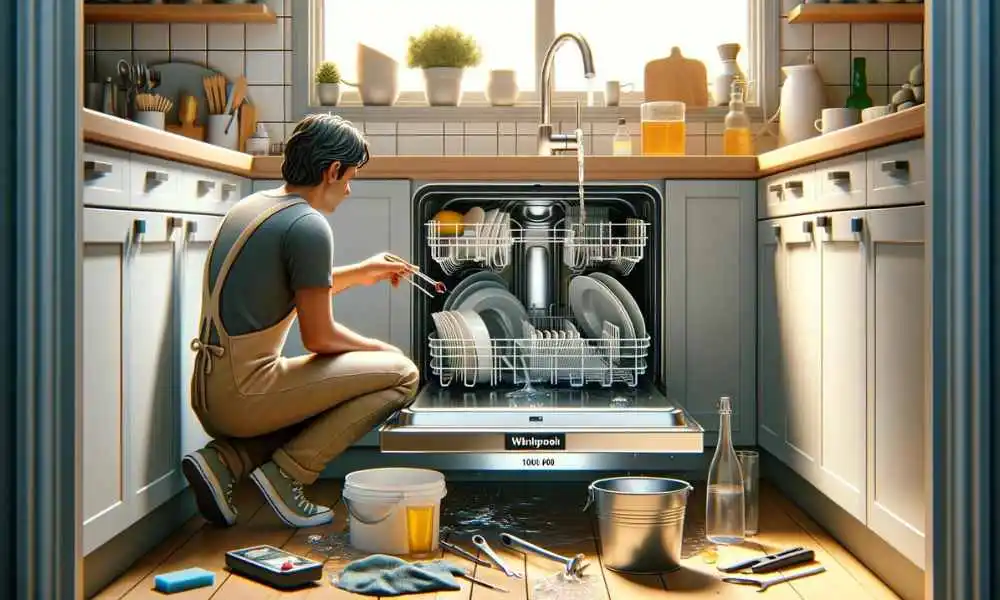You’ve just finished a delicious dinner party with friends, and now it’s time to load the dishes into your trusty Whirlpool dishwasher. But as you hit the start button and eagerly await the satisfying hum of the machine, all you hear is an ominous gurgle followed by silence. Your heart sinks as you realize that your once reliable appliance is clogged, leaving a sink full of dirty dishes in its wake. Fear not, for in this guide on how to unclog a Whirlpool dishwasher, we will navigate through the murky waters of blocked drains and standing water to bring back the sparkle and efficiency to your kitchen companion.
Recognizing the Signs of a Clogged Dishwasher
Water not draining properly
This is a biggie. You expect your dishwasher to be all dry and dandy when you open it up after a cycle. But if you’re greeted with a mini pool at the bottom, that’s a red flag. It means the water isn’t draining as it should. Imagine this: the dishwasher finishes its cycle, you open the door, and instead of a clean, dry interior, there’s water lounging at the bottom.
Dishes not coming out clean
Here’s another sign that can’t be ignored. You load the dishwasher, hoping for sparkling clean dishes, but what you get is… well, disappointment. If your dishes are coming out looking like they’ve barely had a rinse, it’s likely due to a clog preventing water from circulating properly. Picture this: you unload the dishwasher, expecting shiny dishes, but they still have bits of food or a grimy film. It’s like the dishes threw a party, and the soap wasn’t invited.
Unpleasant odors from the dishwasher
Now, this one’s a bit of a nose-wrinkler. If your dishwasher starts smelling like it’s been moonlighting as a compost bin, it’s a sign that food particles are hanging out and decomposing somewhere they shouldn’t be. You know the drill: you walk past your dishwasher, and there’s a mysterious stink wafting out. It’s not the new air freshener you’d hoped for, and it’s a solid hint that a clean-up operation is overdue.
Step-by-Step Guide to Unclog Your Whirlpool Dishwasher
Check the Basics First
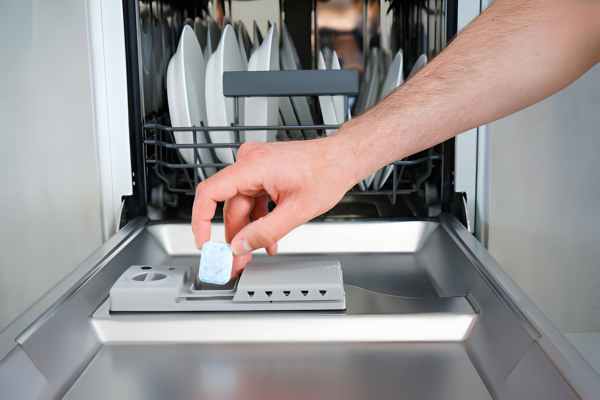
Attempting any complicated fixes for a clogged dishwasher, it’s essential to start with the basics first. Check if the dishwasher is receiving power by ensuring it is plugged in and the circuit breaker hasn’t tripped. Next, inspect the drain hose for kinks or clogs that may be obstructing proper drainage. Sometimes, simply cleaning the filter at the bottom of the dishwasher can solve many common issues related to clogging.
Clean the Filter
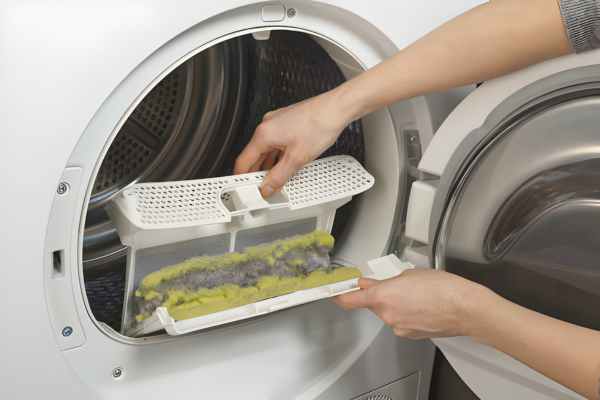
Cleaning the filter in your Whirlpool dishwasher is a vital maintenance step that ensures your dishes come out sparkling clean every time. Over time, food particles and debris can accumulate in the filter, leading to clogs and ineffective cleaning. To unclog your Whirlpool dishwasher, start by locating the filter at the bottom of the appliance and removing it carefully. Rinse the filter under running water to remove any trapped debris and use a soft brush to gently scrub away stubborn residue.
Regularly cleaning your Whirlpool dishwasher’s filter not only improves performance but also extends the lifespan of your appliance. By taking a few minutes to clean the filter after each use, you can prevent unpleasant odors, reduce water spots on dishes, and ensure a more hygienic cleaning process.
Inspect the Spray Arms
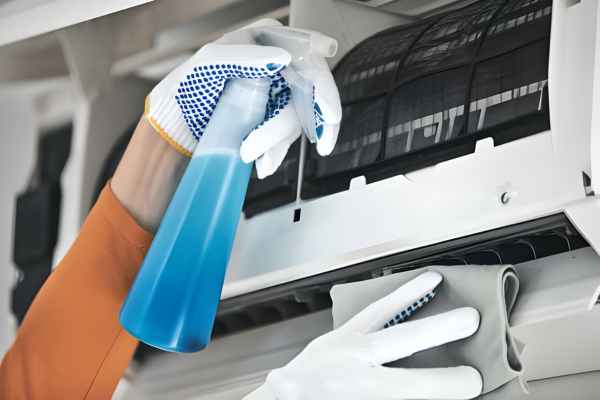
Inspect the spray arms of your Whirlpool dishwasher regularly to ensure optimal cleaning performance. Look for any food particles or debris that may be blocking the spray nozzles, affecting the water flow. Use a small brush or toothpick to clear any clogs and maintain proper water distribution during the wash cycle. If you notice recurring clogs, consider running a vinegar wash through your dishwasher to help break down mineral deposits and improve overall efficiency.
A clean and unclogged spray arm is crucial for a sparkling clean load of dishes after each cycle. Make it a habit to check and clean the spray arms every few months to prevent buildup and keep your dishwasher running smoothly. By maintaining these important components, you can extend the lifespan of your Whirlpool dishwasher and ensure consistently excellent results with each use.
Baking Soda and Vinegar
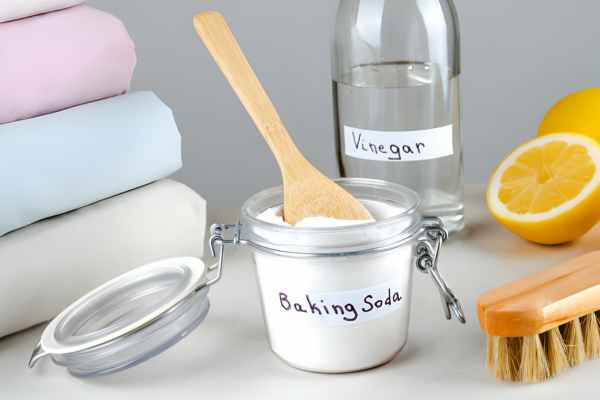
Unclogging your Whirlpool dishwasher, you may be surprising to learn that baking soda and vinegar can work wonders. The combination of these two household staples creates a powerful solution that can help break down stubborn food particles and grime in your dishwasher’s drain. Simply pour a mixture of baking soda and vinegar down the drain, let it sit for a few minutes, then run a hot water cycle to flush everything out.
Boiling Water
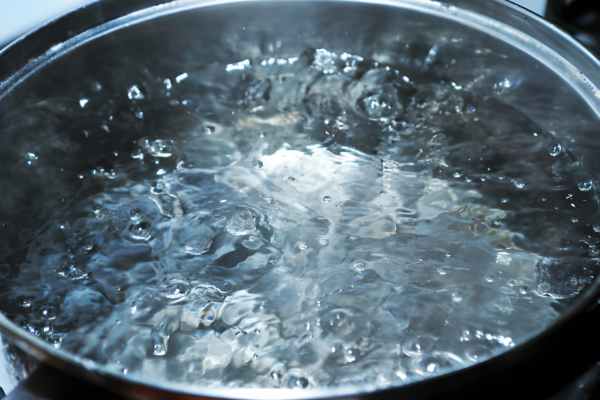
Instead of relying on harsh chemicals or expensive solutions, simply pour a pot of boiling water down the drain to break up grease and debris that may be causing the clog. This simple and eco-friendly hack not only saves you money but also helps keep your dishwasher running smoothly without any harmful residues left behind.The power of boiling water lies in its ability to melt away stubborn blockages without damaging your pipes or dishwasher. By using this method regularly, you can prevent future clogs from forming and ensure that your dishes come out sparkling clean every time.
Check the Drain Hose
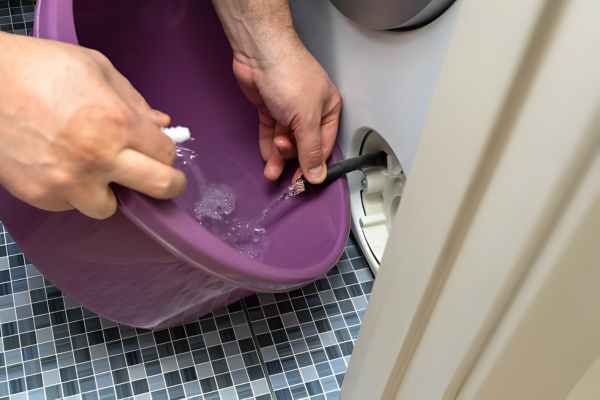
Checking the drain hose is a crucial step in maintaining the functionality of your Whirlpool dishwasher. Over time, food particles and debris can accumulate in the hose, causing clogs and preventing proper drainage. To unclog the drain hose, start by disconnecting it from both the dishwasher and sink to access any blockages. Use a pipe cleaner or wire brush to remove any visible obstructions, then flush the hose with hot water to clear out remaining debris.
Regularly inspecting and cleaning the drain hose not only prevents clogs but also ensures that your dishwasher runs efficiently. Additionally, consider using a vinegar solution or commercial dishwasher cleaner to help break down grease and residue inside the hose. By incorporating this simple maintenance task into your routine, you can extend the lifespan of your Whirlpool dishwasher and avoid costly repairs down the line.
Clean the Garbage Disposal
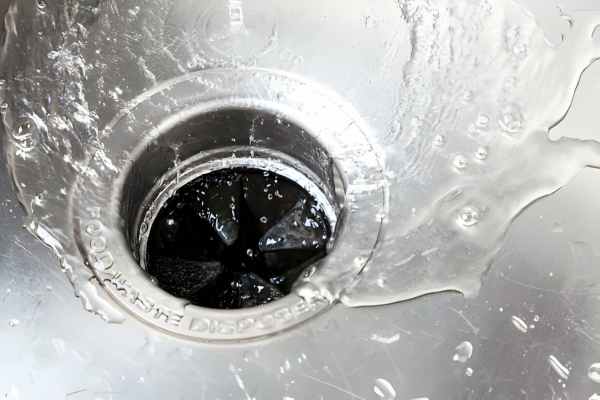
To effectively clean the garbage disposal, start by pouring a combination of ice cubes and rock salt down the drain. The ice helps to dislodge any stuck-on debris, while the rock salt works as an abrasive to scrub away grime. Follow this up with a mixture of vinegar and baking soda to neutralize odor and sanitize the disposal. For tougher clogs, consider using a specially designed disposal cleaner that can break down grease buildup and organic matter.
Check the Air Gap
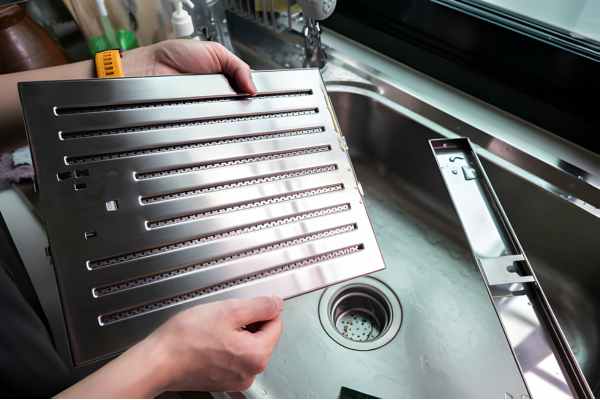
Ensuring the proper air gap in your kitchen sink is crucial for the smooth operation of your Whirlpool dishwasher. An air gap prevents dirty water from flowing back into the dishwasher during drainage, thus maintaining a hygienic environment and preventing potential clogs. To unclog a Whirlpool dishwasher effectively, start by checking the air gap to ensure it is free of debris or blockages. This simple step can often resolve drainage issues and improve the overall performance of your appliance.
How often should I clean my dishwasher filter?
It is generally recommended to clean your dishwasher filter every 1-2 months to ensure optimal performance and prevent clogs. However, the frequency may vary depending on how frequently you use your dishwasher and the type of food particles that are being washed off your dishes. If you notice a decrease in cleaning efficiency or if there is a foul odor coming from your dishwasher, it may be a sign that the filter needs to be clean more frequently.
Regular maintenance of your dishwasher filter is important to prevent buildup of debris and maintain the longevity of your appliance. By following the manufacturer’s instructions for cleaning and maintenance, you can ensure that your dishwasher continues to run efficiently and effectively for years to come.
How can I prevent food scraps from clogging the dishwasher?
To prevent To prevent food scraps from clogging the dishwasher, it is important to scrape off any excess food from plates and utensils before loading them into the dishwasher. This will help reduce the amount of debris that can potentially clog the filters and drain. Additionally, using a fine mesh strainer or filter in the sink drain can help catch larger food particles before they enter the dishwasher.
Another helpful tip is to run hot water in your sink before starting the dishwasher. This will help dissolve any remaining food particles and grease, allowing them to be washed away more easily during the cycle. Regularly cleaning the dishwasher filters and spray arms can also prevent buildup of food debris and ensure proper drainage. By following these simple steps, you can keep your dishwasher running smoothly and avoid clogs caused by food scraps.scraps from clogging the dishwasher, it is important to scrape off excess food from dishes and utensils before loading them into the dishwasher. This simple step can help reduce the amount of debris that ends up in the dishwasher and potentially causes clogs.
The Final Thought
Learning how to unclog a Whirlpool dishwasher is an essential skill that can save you time and money. By following the simple steps outlined in this article, you can effectively troubleshoot and resolve common clogging issues with your dishwasher. Regular maintenance and cleaning of the dishwasher filter and spray arms can help prevent future clogs. Remember to always refer to your appliance’s manual for specific instructions and safety precautions. Keep your Whirlpool dishwasher running smoothly by incorporating these tips into your regular home maintenance routine.
